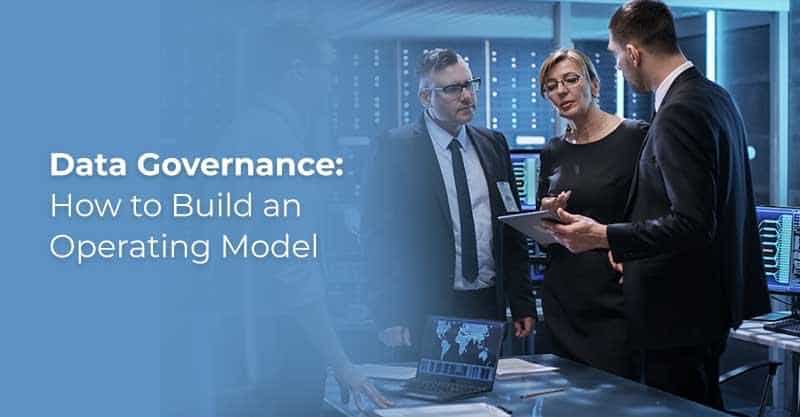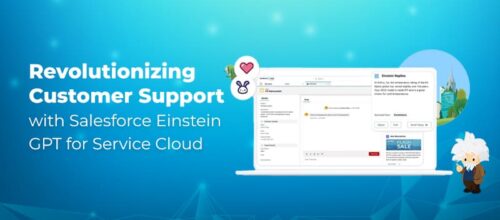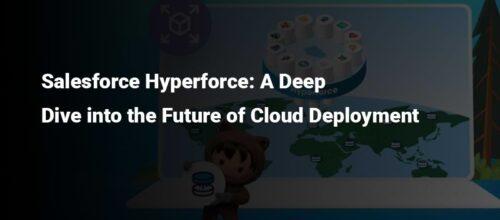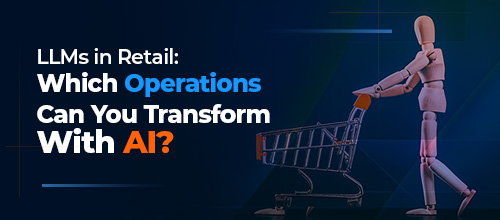Data Governance: How to Build an Operating Model

Written by Devyaani
Technical Content Writer
June 20, 2021
It is essential to work on operating models built on a well-planned and thoroughly chalked-out data foundation to create business value for data governance. It is also necessary to work on technology platforms that incorporate an essential range of components that distinguish the best practices. From operating models to governance programs, every model or program works differently for each organization. For each model, it is crucial to make it flexible and customize it as per the requirements of the organizations. Below are the best trade practices to understand an operating model’s type, benefits, and other details.
What is an Operating Model?
An operating model comprises assets that are of value to the organization and the employees responsible for carrying out specific processes and tasks. It rolls out the processes with strategic planning to understand the approach, methods, design meta-model, and execution with the platform.
Types of Operating Models
Operating models should be unique and specific to the requirements of an organization. While no models fit all, it is important to note that every model should include three polar principles. Below is the difference between the three to help you understand the requirement better:
Centralization Model
A centralized model contains defined standard processes for data governance model implementation. It also determines how data will govern an organization. All teams need to follow defined processes under this model.
Decentralized model
Every department can plan and maintain its glossary and data dictionaries in this model. The glossary includes business terms, and data dictionaries contain technical assets. A Federated approach gets followed in-between.
Federation Model
A federation model has multiple authority groups. Organizations need to take it up if multiple teams have different data governance requirements.
Considerations
It is important to work on an operating model while initiating the data governance program. Small organizations are more likely to benefit from a centralized model as the data governance professional would manage and plan multiples assets based on the business opportunities and their challenges. A decentralized model can work well for organizations with multiples remote locations. A federated operating model should get added during expansion to support the data governance requirements. Each model is unique and brings with it a template used for specific needs.
Phases of Building an Operating Model
After defining the model requirement, there is a need to understand the best practices suited for each organization. Before launching a data governance practice, key elements of the journey should get planned in three phases. Find how Royal Cyber’s Data Governance experts can help you.
Defining the Processes
The operating model process is important to define in the beginning. It should start from assigning roles and responsibilities as well as information assets. Data catalog, glossaries, and dictionaries should also get defined in the beginning. The final step should illustrate control measurement. To simplify it, the three areas of focus should be around roles, framework, and stakeholders.
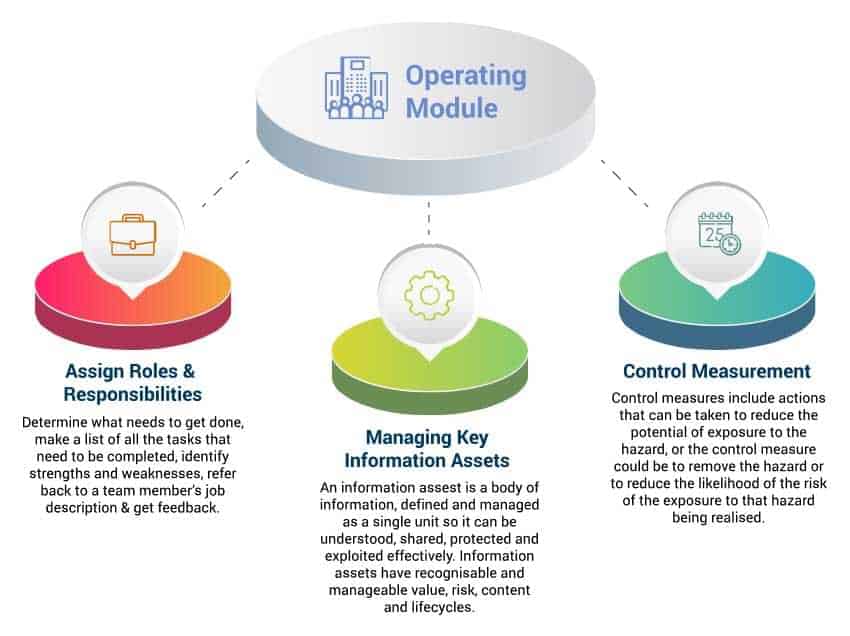
Identification of Data Domains & Critical Data
The next step in the process is the identification of data domains and critical data within the domain. Think of the data governance process as a bridge between people, processes, and technology. The need to identify data domains springs with the need to resolve a problem or drive business opportunities. Each organization has a different set of challenges and opportunities. It is important to define the initial processes to streamline the result. Data governance experts can help you narrow the focus of your data governance program. Consult a Royal Cyber expert today.
Design and Reporting Structure
A thoroughly planned and structured model defines the reporting lines for various tasks and processes such as risk management, decision making, regulatory report, response, other disclosures. For bigger organizations, there should also be a process of calculating the risk spectrum across all regions.
Benefits of Operating Model
- Better Clarity: As government principles turn into practices, the operating model addresses the challenge of clearly defining the roles and responsibilities. Not just that, information flow and accountabilities are also analyzed. Collectively, it brings with them better clarity that also helps in decision-making processes.
- Better Coordination: Operating model requires addressing the complexities of the challenges. The process requires better coordination to tackle it. It also helps to strike a balance between important business considerations.
- More Visibility: With an operating model, there is better visibility of management, its decision-making powers, and risk processes.
- Practical Approach: The model will help the organization carry out duties in a more reliable manner. It also helps in sound data governance.
A well-planned operating model acts like a bank to store inventory processes that help overcome the gaps during policy and implementation processes. Data governance professionals play a significant role in identifying and planning it.
Our Expertise
Royal Cyber experts can also help you provide a comprehensive view of ensuring data quality and consistency that guarantees better decision-making strategies. We provide continued existence through risk management and optimization with our established rules of data use and compliance requirements that increase data value. What more? Our operation models help you to control the workflow better with less effort that provides flexibility and scalability. For further details on the services, contact us.
From implementation, customizations to management, we offer one-stop solutions for data governance. Royal Cyber Data Governance professionals are the subject matter experts who can help you drive success and accelerate growth that will unleash limitless potential.
- Strategic Data Management Approach with Collibra’s Data Stewardsh
- Expert Enablement of Features (Business Glossary, Catalog, Help Desk, Policy Manager, and more)
- Successful Development, Management, and Customizations of Workflows
- Streamlined Implementation of License Management
- No Errors, 24/7 Back-up, and Restoration
- Collibra Web Interface and Web Application Components Check, using JAVA API, REST API, Snapshots, Query API, BPMN 2.0 Workflow Engine, Data Quality Connector
Royal Cyber experts can also help you provide a comprehensive view of ensuring data quality and consistency that guarantees better decision-making strategies. We provide continued existence through risk management and optimization with our established rules of data use and compliance requirements that increase data value. What more? Our operation models help you to control the workflow better with less effort that provides flexibility and scalability. For further details on the services, contact us.
